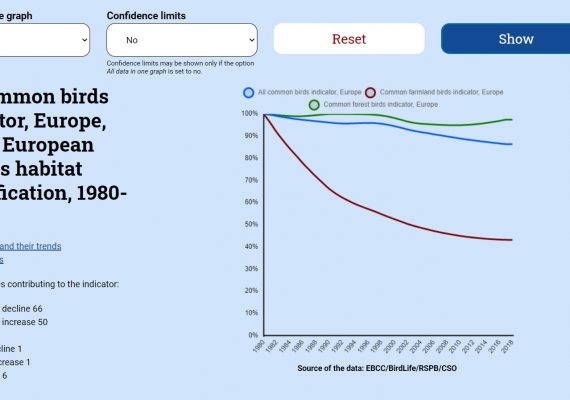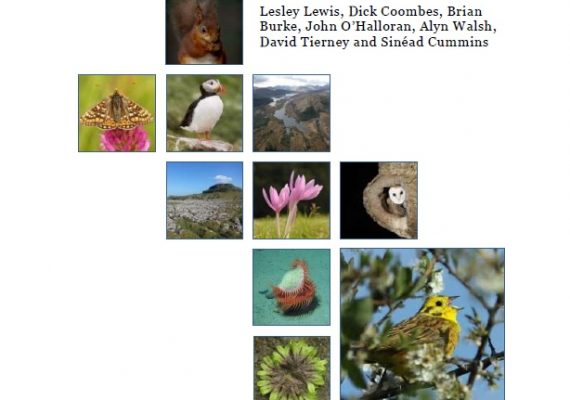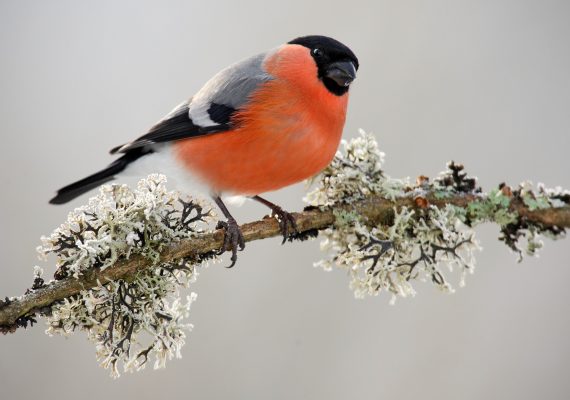
EBCC invites you to the launch of the European Breeding Bird Atlas 2
November 16, 2020
November 16, 2020
August 11, 2020
This report summarizes the activities of the PanEuropean Common Bird Monitoring Scheme (PECBMS) between January 2020 and June 2020.
June 30, 2020
In 2020, the set of the European Common Bird Indicators has been produced based on the data for 168 common European species from 28 countries up to 2017, and for the first time the indicators for the year 2018 are estimated using the moving average (running mean).
June 30, 2020
The Pan-European Common Bird Monitoring Scheme (PECBMS) presents a set of updated European wild bird indicators for the period 1980–2017 and estimates for the year 2018. The values of indicators for the year 2018 are estimated by moving average in the whole set of indicators. The reason for the estimation is a recent general PECBMS data set revision and implementation of the new tools running in the software environment for statistical computing and graphics R (RTRIM and RSWAN). Quality of the input data and a transparent methodology of indicators´ computation is among our top priorities. We aim for a deep data set revision implementing quality measures to make the production of the indicators faster, more transparent, and more efficient.
June 11, 2020
This recently published report presents the results of the national breeding bird monitoring scheme in The Netherlands in 2018. It focuses on rare and colonial breeding bird species but also presents trend information for all species in the period 1990-2018.
June 1, 2020
April 29, 2020
Read a new volume of Bird Census News 32/1-2! The pdf is freely available for download from the EBCC website. This issue includes five papers on the monitoring of birds' migration.
April 28, 2020
Across Europe, we are facing an unprecedented and challenging situation brought upon us by Covid-19, and the restrictions imposed upon normal life in response to the pandemic. At this time we, the European Bird Census Council, want to express our support to our community of birdwatchers, ornithologists, scientists, and conservationists across the continent.
December 31, 2019
This report summarizes the activities of the Pan-European Common Bird Monitoring Scheme (PECBMS) between July 2019 and December 2019.
December 6, 2019
The Pan-European Common Bird Monitoring Scheme (PECBMS) presents a set of updated European wild bird indicators for the time period 1980-2017.








